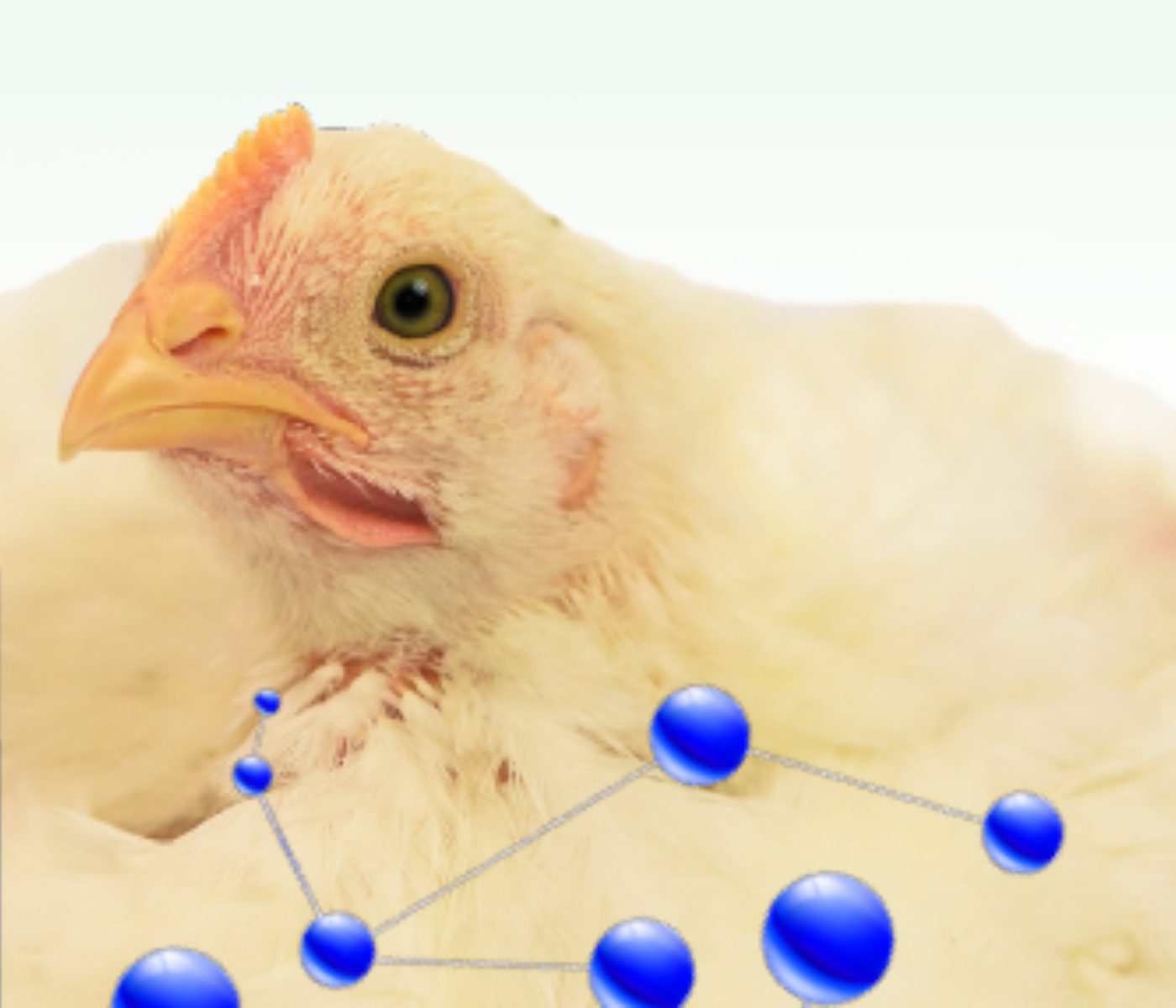Amino acid levels and their importance during rearing in broiler breeders.
Introduction
Dietary amino acids (AA) and crude protein (CP) levels have been demonstrated to affect growth, body weight, body composition, organ development, and feathering in broiler breeder pullets. Breeder pullets are fed to achieve target body weights set up according to genetic line guidelines or specific company objectives. Meeting those growth objectives during the rearing phase has been related to optimum reproductive performance evaluated as egg production, fertility, and hatchability.
Specific feed allocations and feeding programs to obtain those target body weights every week could trigger an excess of AA and CP intake when the concentration of these nutrients is more than adequate. This extra intake of AAs can lead to more significant breast muscle, reducing abdominal fat deposition. In contrast, low-CP diets have resulted in more abdominal fat deposition.
Abdominal fat is a desirable trait before light stimulation. Still, it is known that hens use breast proteins during the transition from pullet to sexual maturity and also during peak production as energy sources and for egg production. Therefore, an adequate amount of breast or fleshing is also necessary to reach egg production standards. A balance of breast development and fat reserves is advisable before light stimulation and the onset of production.
Previous research
Studies during rearing commonly focused on extreme CP levels and the effects of AA have been evaluated in the laying phase. Very few studies have evaluated levels of AA during rearing close to the ones recommended by genetic lines.
Study
We conducted a study aiming to determine the effects of four dietary AA levels on body weight and the development of breast muscle, organs, legs, and feathering on Cobb 500 slow-feathering (SF) broiler breeder pullets during the rearing phase from five weeks to onset of egg production. We also evaluated the effects on egg quality and production, fertility, hatchability, and embryo mortality from 24 to 65 weeks of age on these hens.
Materials & Methods
A total of 1,360 Cobb-500 slow-feathering (SF) pullets were randomly placed in 16-floor pens with 85 females per pen. Diets with corn, soybean-meal, and wheat-midds were formulated without CP restriction maintaining minimum ratios between essential AA and Lys on a digestible (dig) ideal basis. Treatments consisted of four dietary AA levels with 80% (low-AA), ...
















